

.png)
Post-tensioned (PT) slabs are a type of reinforced concrete where steel tendons are tensioned after the concrete has cured, improving its strength and performance. Unlike conventional slabs, PT systems allow for thinner profiles, longer spans, and fewer support columns.
This makes them especially appealing in modern construction, where efficiency, speed, and open-plan design are in high demand. As Melbourne projects grow taller and tighter on space, builders are increasingly turning to PT slabs for smarter structural solutions.
Looking for thinner slabs, longer spans, and stronger performance? Post-tensioned concrete delivers.
Post-tensioned (PT) slabs are a form of concrete flooring system strengthened by tensioned steel cables, known as tendons, which are embedded within the slab. After the concrete is poured and gains sufficient strength, these tendons are pulled tight (stressed) and anchored, placing the concrete into compression.
This pre-compression allows the slab to resist cracking, carry higher loads, and span longer distances with less thickness.
Unlike conventional reinforced concrete, which relies solely on passive steel bars to resist tension, PT slabs actively apply internal force to counteract external loads. The result is a thinner, lighter slab with enhanced structural performance and reduced deflection.
The post-tensioning process involves careful planning and precision, including layout of ducts, placement of tendons, curing of concrete, and stressing at the right time. PT slabs have become increasingly popular in modern construction for their efficiency, flexibility, and ability to support innovative architectural designs.
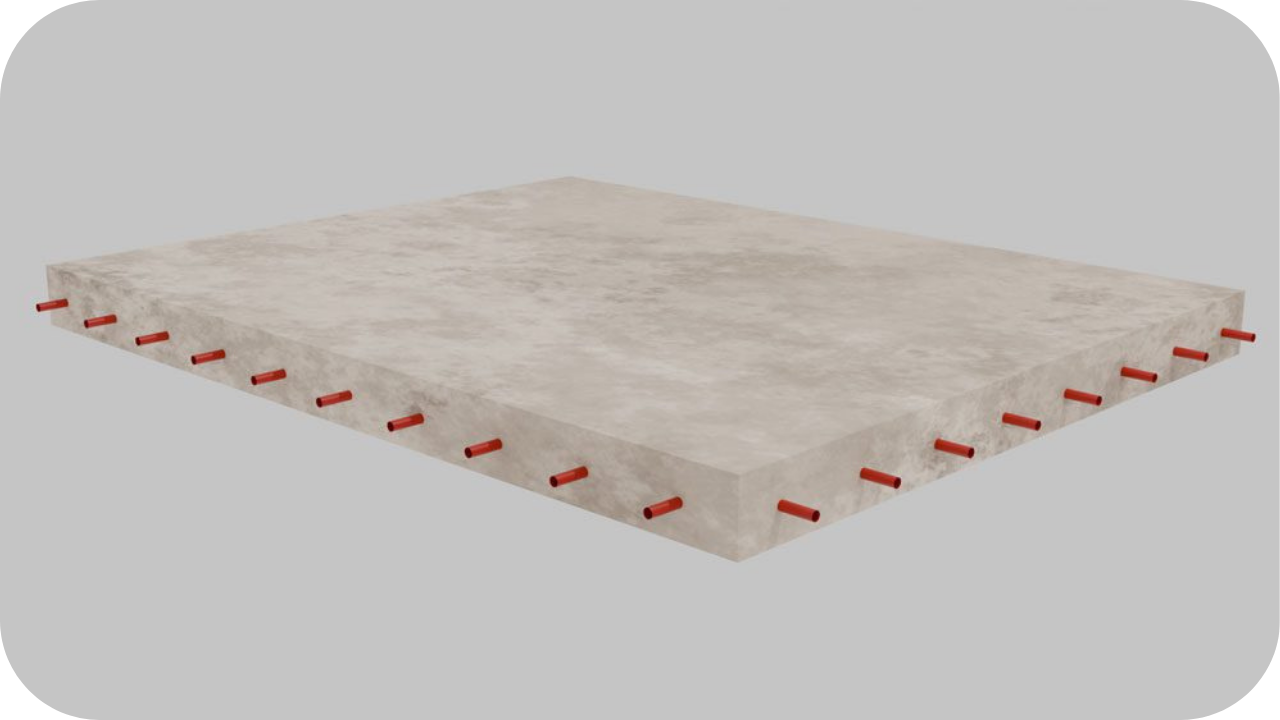
Strength without the bulk, that’s the magic of post-tensioned slabs. From longer spans to fewer cracks and faster builds, these slabs are reshaping how Melbourne handles complex concrete structures:
Post-tensioned slabs are engineered to carry more load with less bulk. Because the concrete is pre-compressed, it can be poured thinner than traditional reinforced slabs while maintaining strength and stability.
This results in a lighter overall structure and reduced material requirements, saving on both concrete and steel.
For builders, this translates into lower construction costs and faster pours. In multi-storey projects, thinner slabs also mean lower floor-to-floor heights, allowing for more levels within height restrictions, which is particularly valuable in Melbourne’s space-conscious developments.
One of the biggest advantages of post-tensioned slabs is their ability to span greater distances without the need for supporting beams or additional columns.
This makes them ideal for open-plan layouts in residential, commercial, or industrial buildings where large, uninterrupted spaces are desirable.
Longer spans improve design flexibility and allow architects to optimise floor plans for usability and natural light. In car parks, retail spaces, and apartment blocks, fewer supports also mean easier movement and improved functionality, all while maintaining structural integrity.
Post-tensioning helps keep concrete in compression, which significantly reduces the formation of shrinkage and settlement cracks. This not only improves the slab’s visual appearance but also enhances its durability over time.
Fewer cracks mean less risk of water ingress, corrosion of reinforcement, and structural deterioration, especially important in Melbourne’s varied climate.
By minimising long-term wear and tear, PT slabs extend the service life of a building and reduce the need for ongoing repairs or maintenance, making them a smart investment for both residential and commercial structures.

PT slabs streamline the building process by reducing the amount of formwork, reinforcement, and concrete required. Once the concrete has cured to the required strength, tendons are stressed, and work can continue almost immediately.
This minimises construction delays and helps projects stay on schedule, especially important in fast-paced urban developments.
In addition, because PT slabs are thinner and lighter, they allow for quicker cycle times between floors in multi-level builds. This benefit makes post-tensioning an attractive choice for developers seeking faster project turnaround without compromising quality.
While the initial cost of installing a post-tensioned system may be slightly higher due to specialised materials and labour, the long-term savings are significant.
Reduced slab thickness and fewer structural supports lower overall material and labour costs. Maintenance expenses are also reduced due to the slab’s superior durability and crack resistance.
In large-scale projects, this can result in major lifecycle cost benefits. From construction to operation, PT slabs offer financial efficiency that extends far beyond the initial pour, making them a cost-effective solution for modern builds across Melbourne.
Post-tensioned slabs offer exceptional flexibility in both architectural and structural design. They can be adapted to complex floor layouts, sloped or irregular geometries, and even curved structures.
This versatility allows architects and engineers to push creative boundaries without compromising safety or performance.
Whether it's a high-rise apartment, commercial office, parking garage, or luxury home with cantilevered sections, PT slabs can be customised to suit the design.
Their adaptability is especially valuable in Melbourne’s diverse building landscape, where no two projects are exactly the same.
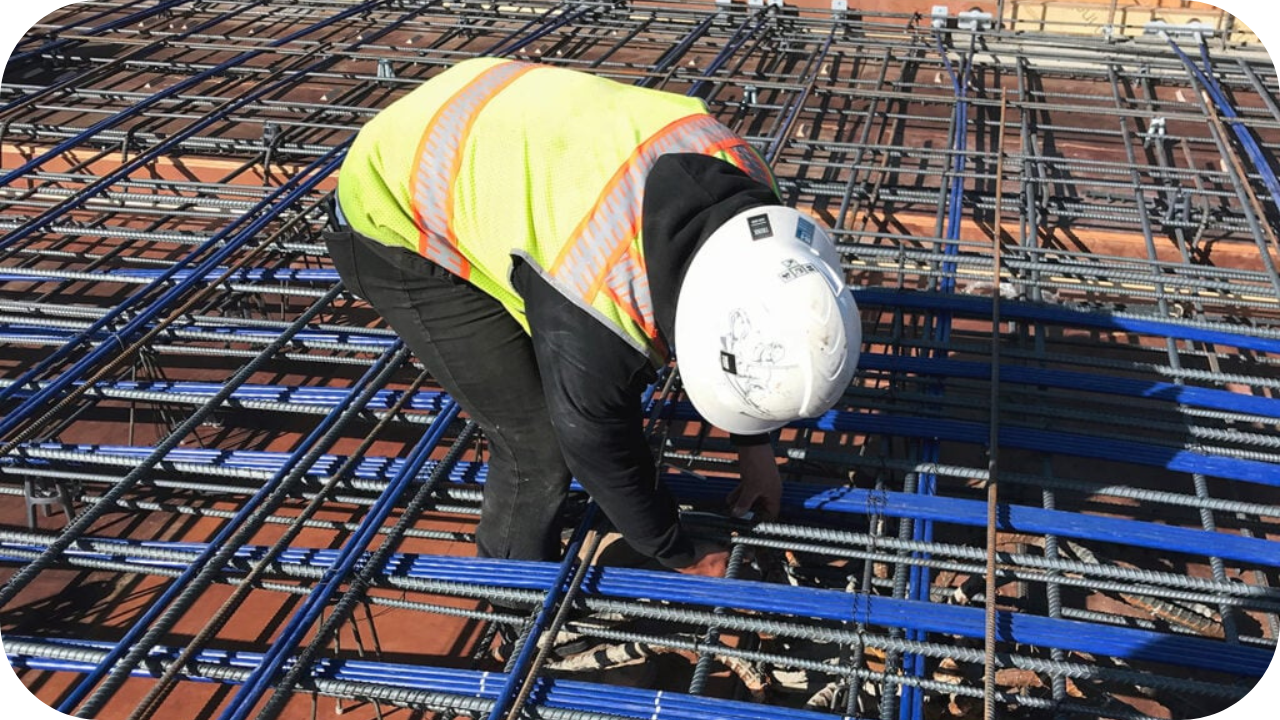
Melbourne’s construction scene isn’t one-size-fits-all, it’s shaped by local soil, weather, and urban demands. From high-rise foundations to suburban footings, knowing the most common applications helps you build smarter and avoid costly missteps:
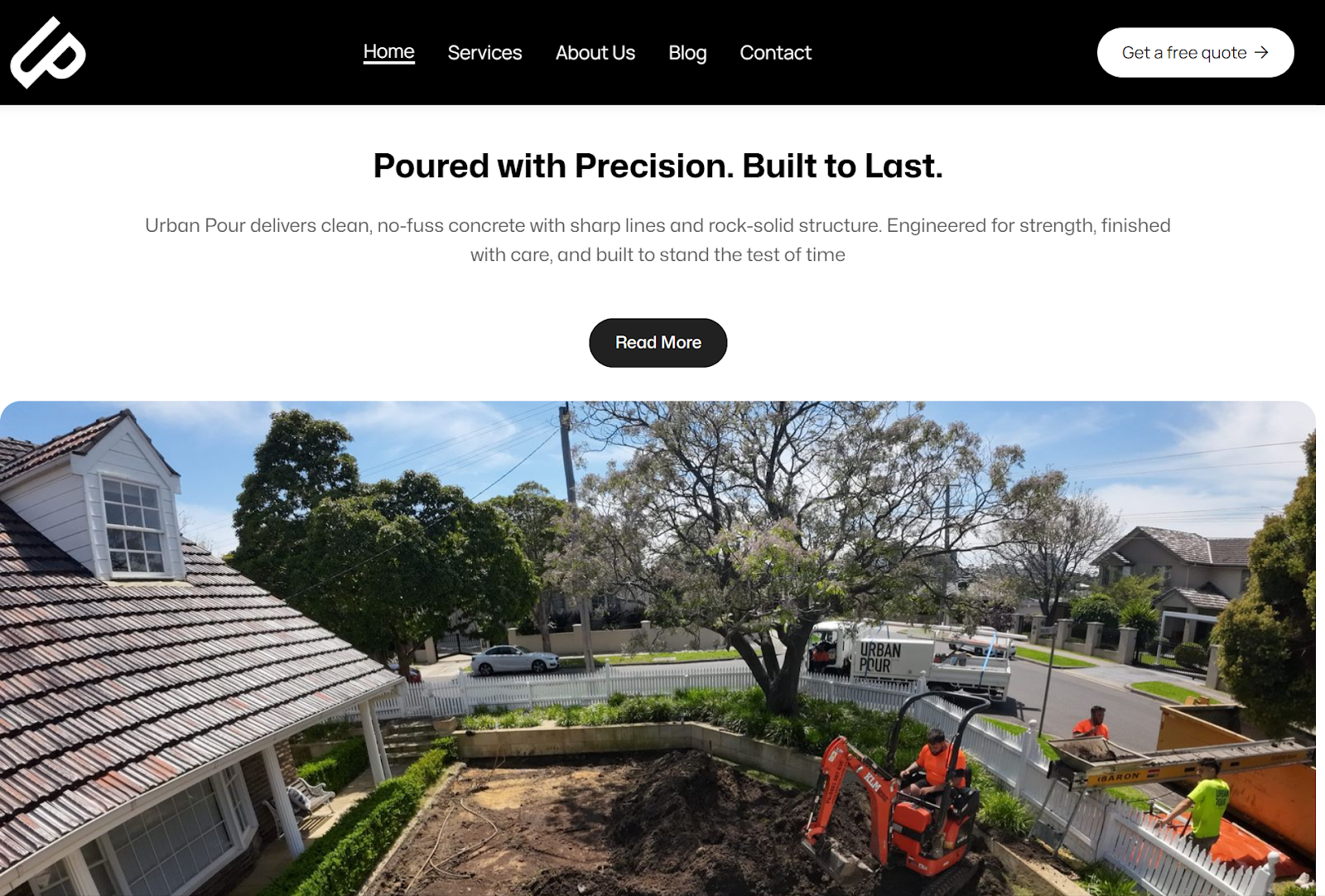
When your project demands structural precision and performance, Urban Pour delivers post-tensioned solutions that go beyond the basics:
Post-tensioned slabs offer the ideal mix of strength, efficiency, and flexibility for today’s construction demands. Whether you're building up, out, or around challenging site conditions, they deliver structural performance without compromising design.
With Urban Pour, you get more than just a concrete solution; you gain a partner committed to quality, precision, and results. Ready to unlock the benefits of post-tensioned slabs for your next project? Get in touch with Urban Pour today.
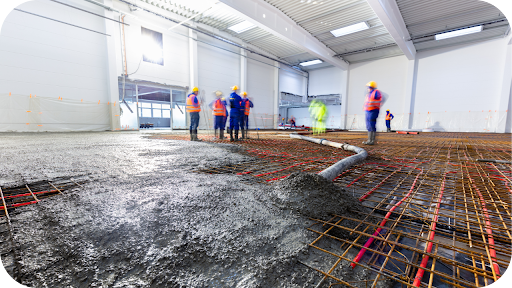
Choosing the right concrete contractor in Melbourne ensures strength, safety, and long-term value. Learn how Urban Pour delivers precision, quality, and trusted results on every project.
See more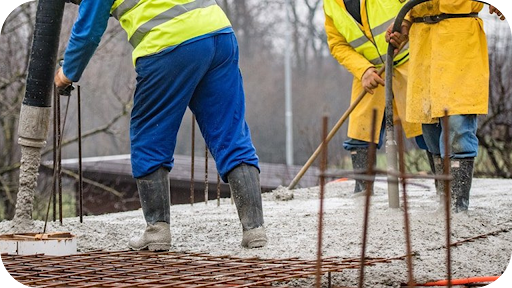
Concrete pumping gives Melbourne builders faster, cleaner, and safer pours. Learn why it’s the go-to method for efficient, high-quality concrete placement on any site.
See more
Residential concreting gives Melbourne homes lasting strength and modern appeal. From driveways to interiors, Urban Pour delivers durable, design-focused results built for beauty and longevity.
See more